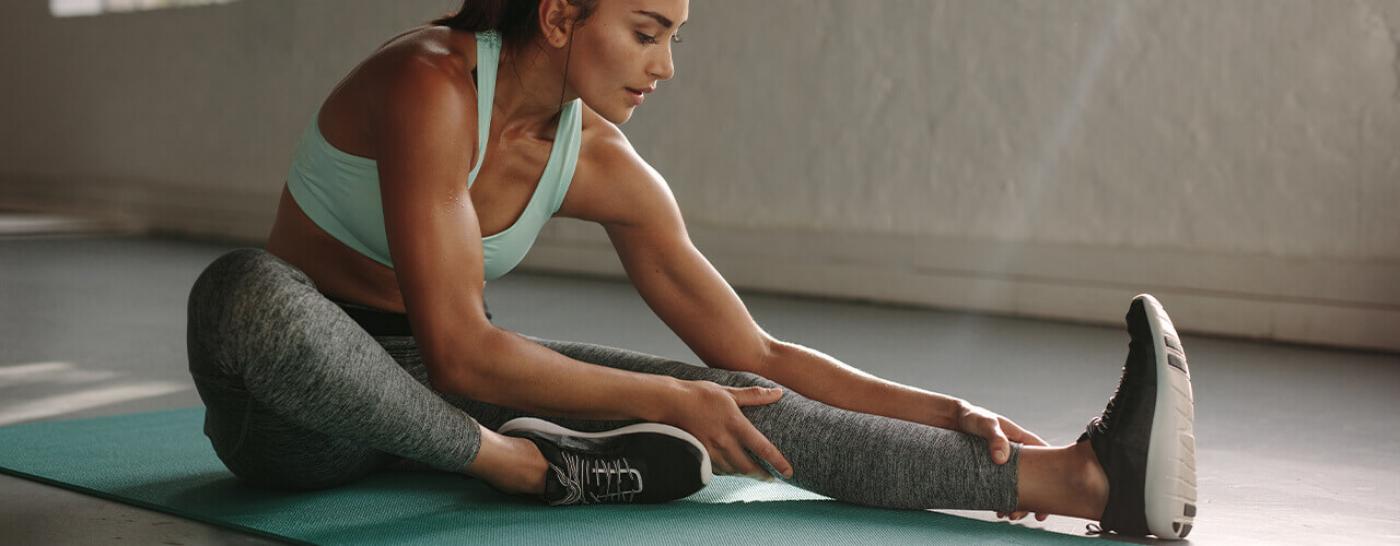Best Post Workout Stretches for Speeding Up Recovery
Best Post Workout Stretches for Speeding Up Recovery
The Best Post Workout Stretches target your entire muscle group. They hit the hamstrings, glutes, piriformis muscle, hip flexors, and lower back. Here are 3 different Stretches that hit each of these major muscle groups. If you're unsure of which ones to try, read on to learn how to perform them. You'll feel the benefits of these Stretches almost immediately.
Stretches that hit all of the major muscle groups
After a hard workout, you should stretch the major muscle groups of your body. One such stretch is the piriformis muscle stretch. This muscle, which runs from the base of the spine to the thigh bone, targets back muscles. Try doing this stretch while lying flat on the floor. Hold your hands beside your chest and curl your chest away from the floor. Next, lift your right knee toward your chest, pulling it in toward your belly button. Once you are in this position, lower the knee and return to the starting position. Keep your core active and your shoulders relaxed during this stretch.
Next, you should stretch your triceps. This stretch is very helpful in targeting the shoulders and biceps. You should do it two to three times, and alternate hands. Hold for 20-30 seconds, then repeat. Once your triceps are relaxed, you can perform this stretch for the other major muscle groups. Remember to focus on the major muscle groups when stretching.
Dynamic stretches involve active movement, which is helpful in warming up the muscles. This type of stretching is usually done before a workout to get the heart rate up and warm up the muscles. In static stretches, the muscles are stretched in a less dynamic way, which allows you to avoid injury. You can start your warmup by strolling or jogging. Try butt kicks to get your arms moving without pain.
Stretches that target piriformis muscle
Before you start any stretching routine, consult a doctor to determine the best stretches for your piriformis muscle. Stretching exercises should not aggravate an injury, but they should relieve minor soreness. If you experience any pain while performing stretches, stop immediately. Piriformis muscle stretching exercises are meant to improve the body's mechanics, not increase pain. Your doctor can recommend other treatment options to relieve your pain.
The piriformis muscle is located deep in the buttock region. Its primary role is to stabilize the pelvis when walking or running. Unfortunately, the piriformis muscle is rarely understood. Most people assume it is too tight, which leads to improper stretching exercises. A number of yoga instructors and personal trainers recommend the Number 4 stretch. The reverse pigeon pose also helps relieve tailbone pain.
The piriformis muscle is located deep in the buttocks area, making it difficult to stretch. However, a few stretches designed to stretch glute, hamstring and lower back muscles will loosen this area and make it easier to work on the piriformis. Try leaning forward and bending the leg downwards while holding the position for 20-30 seconds. Repeat the stretch a few times.
Stretches that target hip flexors
Adding a few stretches after a workout can help relieve tension and improve range of motion in the hip flexors. There are several simple stretches you can do at home to work on the hip flexors. The mountain climber stretch mimics the action of climbing rocks. Begin in a plank position with your hands on your hips and your feet slightly apart. While in this stretch, squeeze your glutes and exhale while keeping your torso upright. Try this exercise on both sides of your hips.
Hip flexor stretches should be incorporated after a workout to help keep your muscles strong. A tight hip can cause noticeable pain and cause muscular imbalances, which can lead to other issues, including back and knee pain. These stretches can prevent this problem from occurring and help keep you active for many years to come. It's also important to note that certain types of hip flexor stretches may not be suitable for everyone. Pregnant women and back injury patients should consult a physical therapist before beginning a stretch program.
Another common hip flexor stretch is the Thomas Test. This stretches the hip flexors and the quadriceps and promotes deep spinal twist movement. To perform the Thomas Test, lie on your back with your knees bent toward your chest. Next, straighten your left leg while keeping your right leg straight. Repeat this exercise several times for a total of four repetitions. The goal of these stretches is to increase flexibility in the hip flexors and prevent tightness.
Take the Next Step
The key to making flexibility and mobility a part of your daily routine is having a proven plan. That's where a program like Hyperbolic Stretching comes in. Made by exercise professional Alex Larrson, M.S., Hyperbolic stretching is a proven way to increase flexibility so that you can unlock your physical potential, reduce stress, increase recovery and much more.
The next time you have a big workout, carve out some time to recover afterwards with some stretches, and you can both increase the speed of recovery and also increase the range of motion in your joints and muscles.


